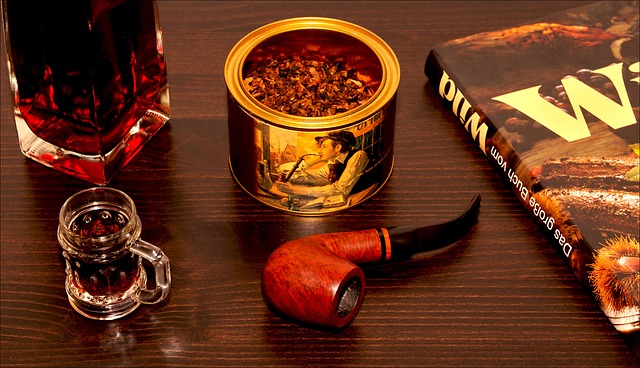Frozen pipes cause damage & disrupt routines; understand causes like cold temps & poor insulation. Prevent with passive (proper insulation) & active (heat tape) measures. Heat tape offers quick, energy-efficient localised heat for temporary solutions during drops. Pipe insulation provides long-term protection against temperature fluctuations, ideal for older homes or areas prone to sudden temperature drops; requires initial investment but ensures peace of mind during winter.
Keeping your pipes from freezing is essential to avoid costly damage. This guide breaks down two popular methods: heat tape and pipe insulation, to help you decide which works best for your needs. While heat tape offers an efficient temporary solution for sudden cold snaps, pipe insulation provides long-term protection against freezing temperatures. Understanding the causes and risks of frozen pipes is crucial, making informed decisions about how to prevent them key to maintaining a hassle-free home.
- Understanding Frozen Pipes: Causes and Risks
- Heat Tape: An Efficient Temporary Solution
- Pipe Insulation: A Long-Term Preventative Measure
Understanding Frozen Pipes: Causes and Risks

Frozen pipes are a common wintertime nuisance, but understanding their causes is key to preventing them. Many factors contribute to pipe freezing, including extreme cold temperatures, inadequate insulation, and poor plumbing design. When water within pipes is exposed to sub-freezing conditions, it expands as it freezes, putting immense pressure on the piping system. This can lead to leaks, burst pipes, or even complete blockages.
Risks associated with frozen pipes are numerous. Not only can they cause significant property damage due to water leakage and potential mold growth, but they also disrupt heating systems and daily routines. To effectively prevent frozen pipes, it’s essential to employ both passive measures like adequate insulation and active methods such as heat tape or pipe insulation.
Heat Tape: An Efficient Temporary Solution

Heat tape is a popular and efficient temporary solution for preventing frozen pipes, especially in areas prone to sudden drops in temperature. It’s an easy-to-install option that can provide quick heat to vulnerable pipes, keeping them from freezing. This type of tape is made with a heating element embedded in a flexible plastic backing, which adheres directly to the pipe. By providing localised heat, it ensures that only the specific section of pipe needing protection is warmed, making it an energy-efficient choice.
This method is particularly useful for temporary cold snaps or when permanent insulation isn’t feasible. It allows homeowners and plumbers to address specific issues without overhauling entire systems. Heat tape is also easy to remove once the threat of freezing has passed, making it a flexible solution for how to prevent frozen pipes during mild weather periods.
Pipe Insulation: A Long-Term Preventative Measure

Pipe insulation is a long-term solution for preventing frozen pipes, offering a more comprehensive approach to maintaining indoor comfort during chilly seasons. Unlike heat tape, which provides temporary heat, pipe insulation acts as a barrier against extreme temperature fluctuations. By wrapping pipes with insulated material, you create an insulating layer that reduces the rate at which heat escapes, keeping water within the pipes at a consistent temperature.
This method is particularly beneficial for older homes or areas prone to sudden temperature drops. While the initial installation might require some time and investment, pipe insulation pays off over time by significantly reducing the risk of frozen pipes. It’s an effective strategy for those seeking sustainable solutions for how to prevent frozen pipes, ensuring peace of mind during winter months.
When it comes to protecting your pipes from freezing temperatures, both heat tape and pipe insulation offer effective solutions. Heat tape is an excellent temporary option for quick fixes, providing instant heat to vulnerable areas. However, for long-term protection, pipe insulation is the superior choice as it maintains a consistent temperature throughout the entire pipeline, preventing frozen pipes altogether. By understanding the causes of frozen pipes and implementing the right preventative measure, you can efficiently safeguard your plumbing system during winter.
